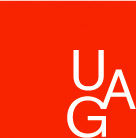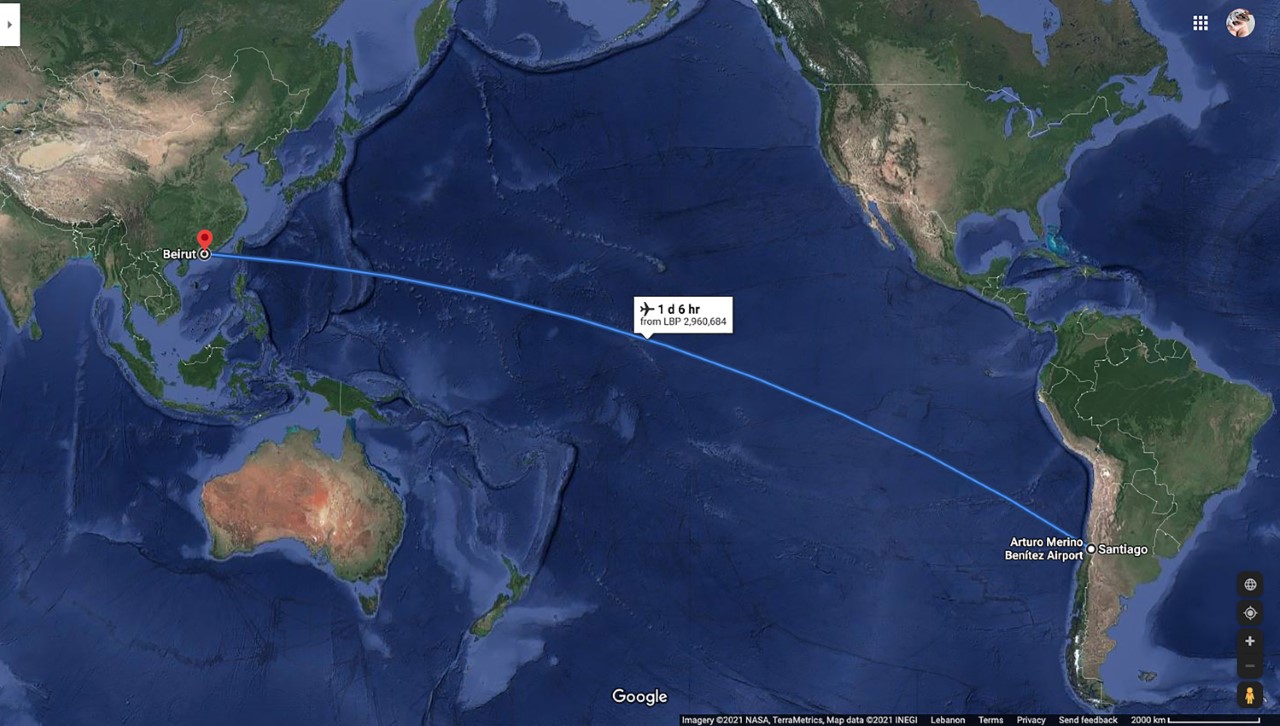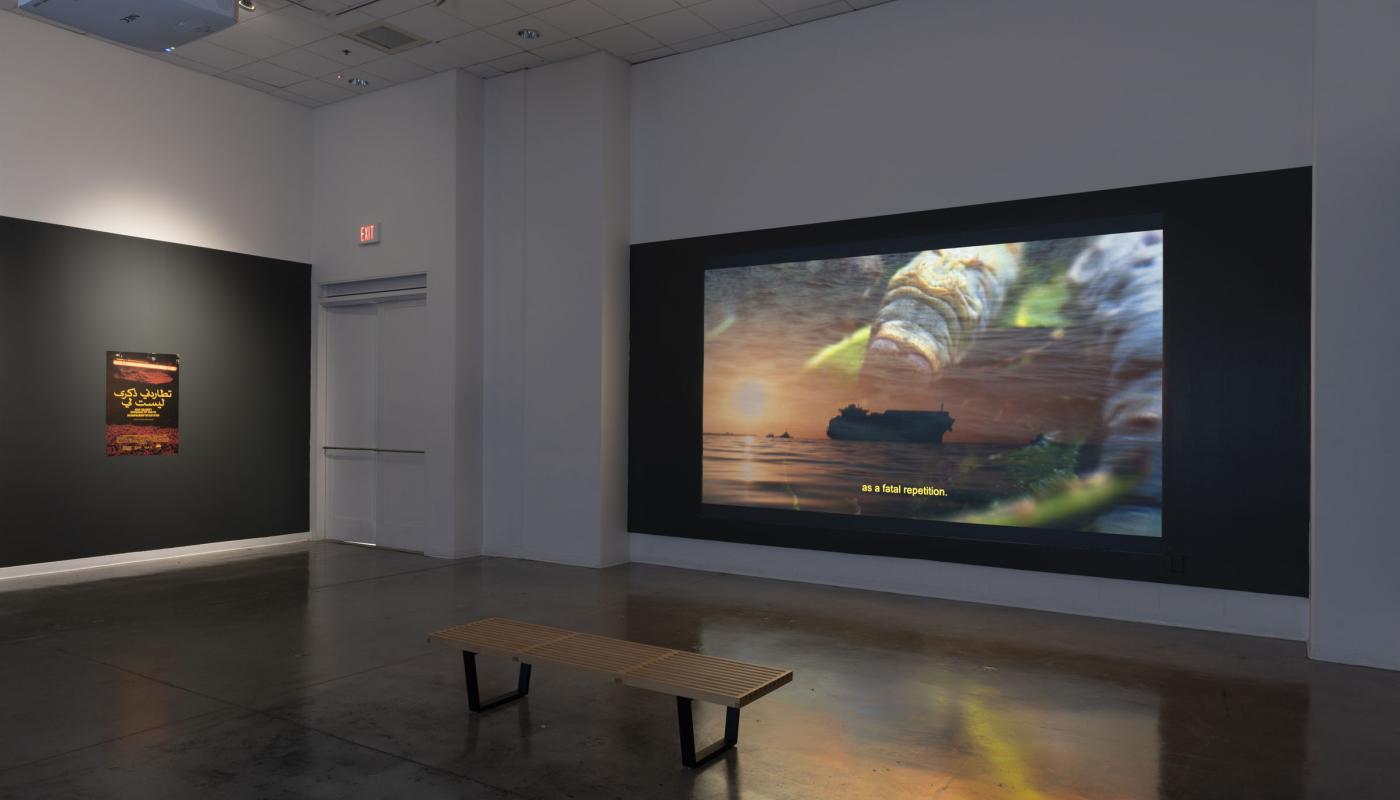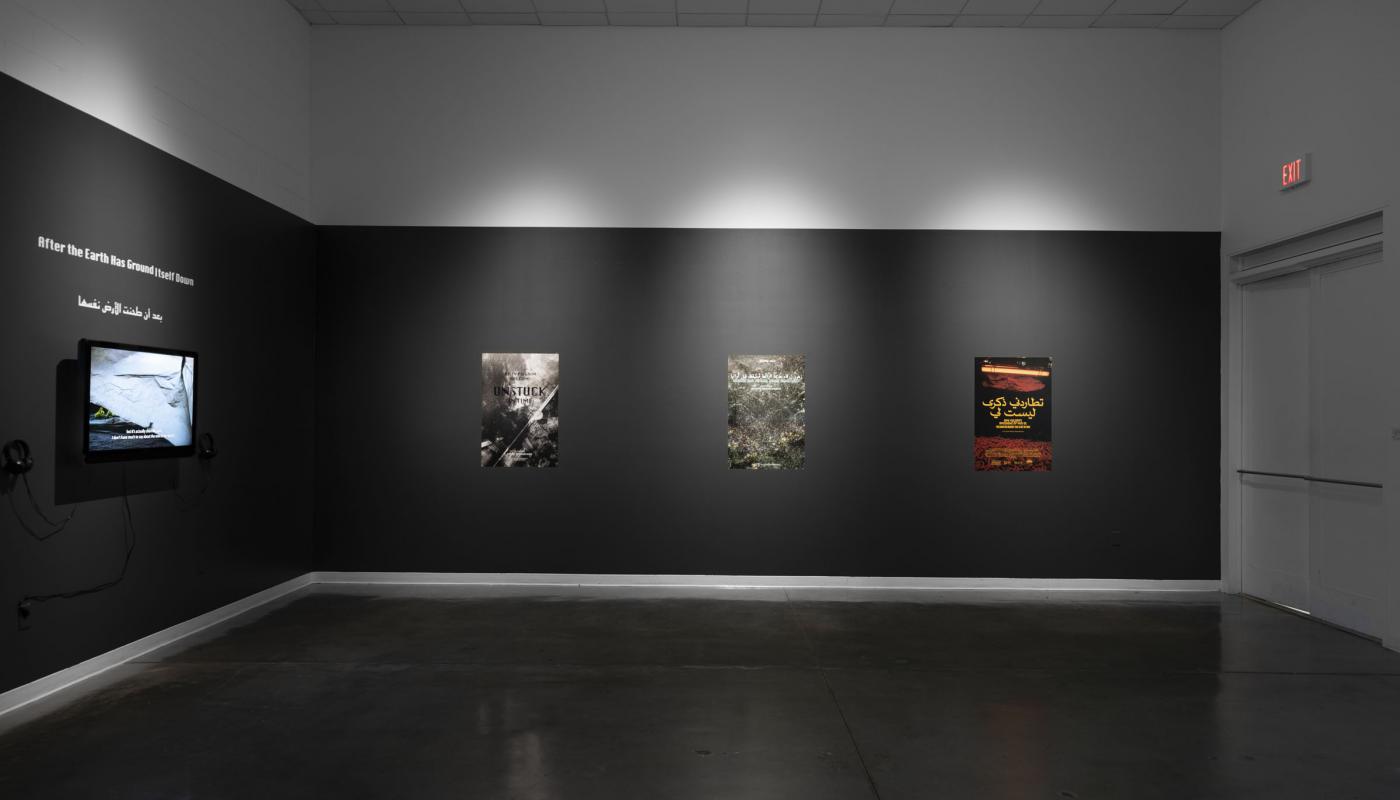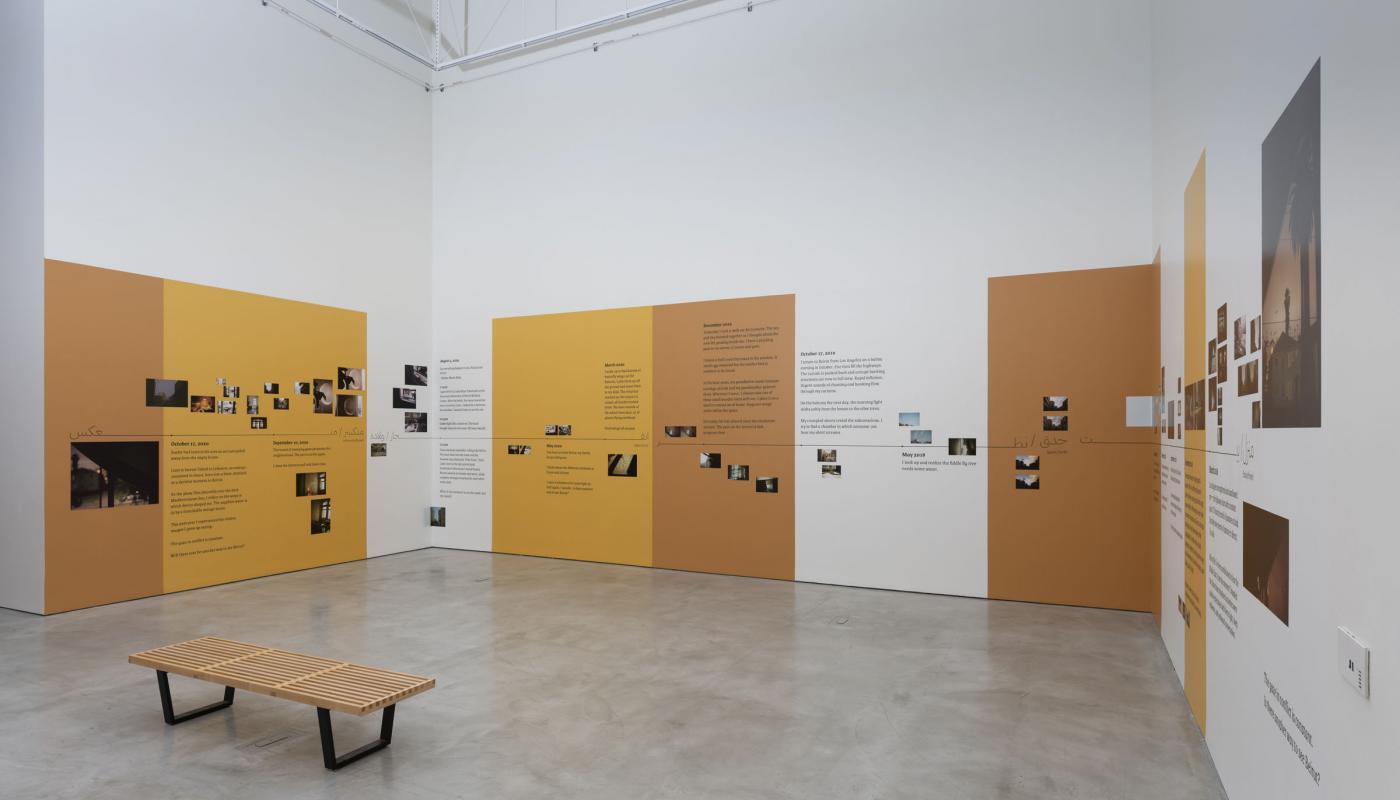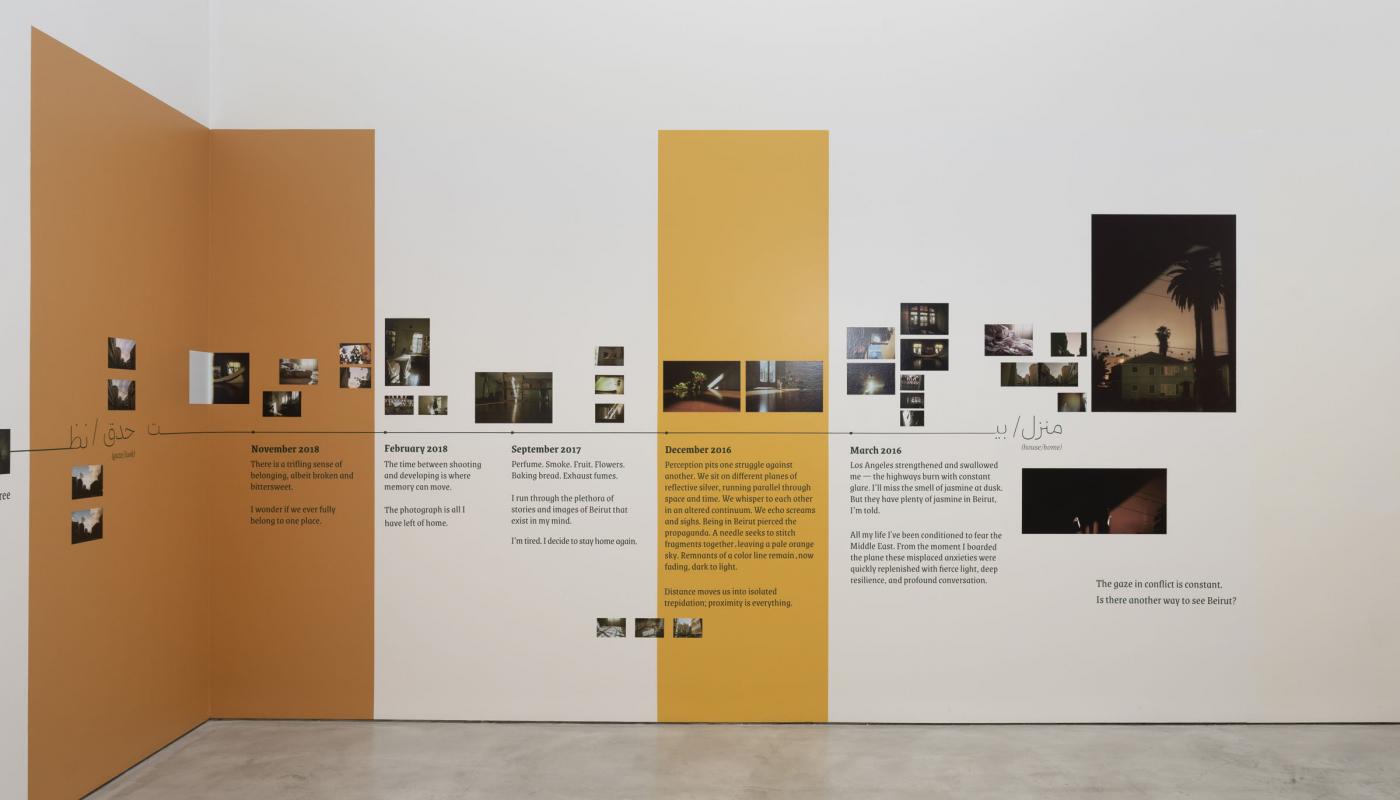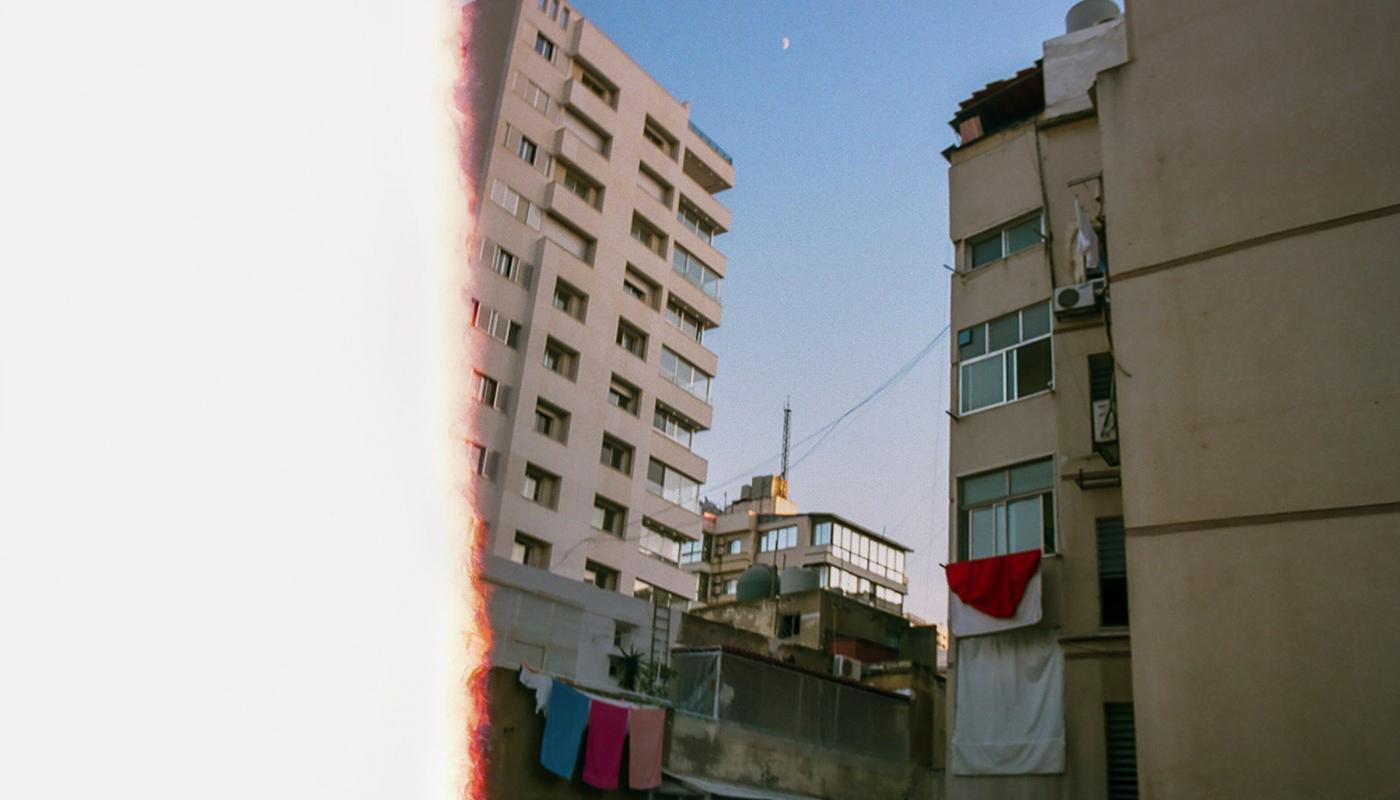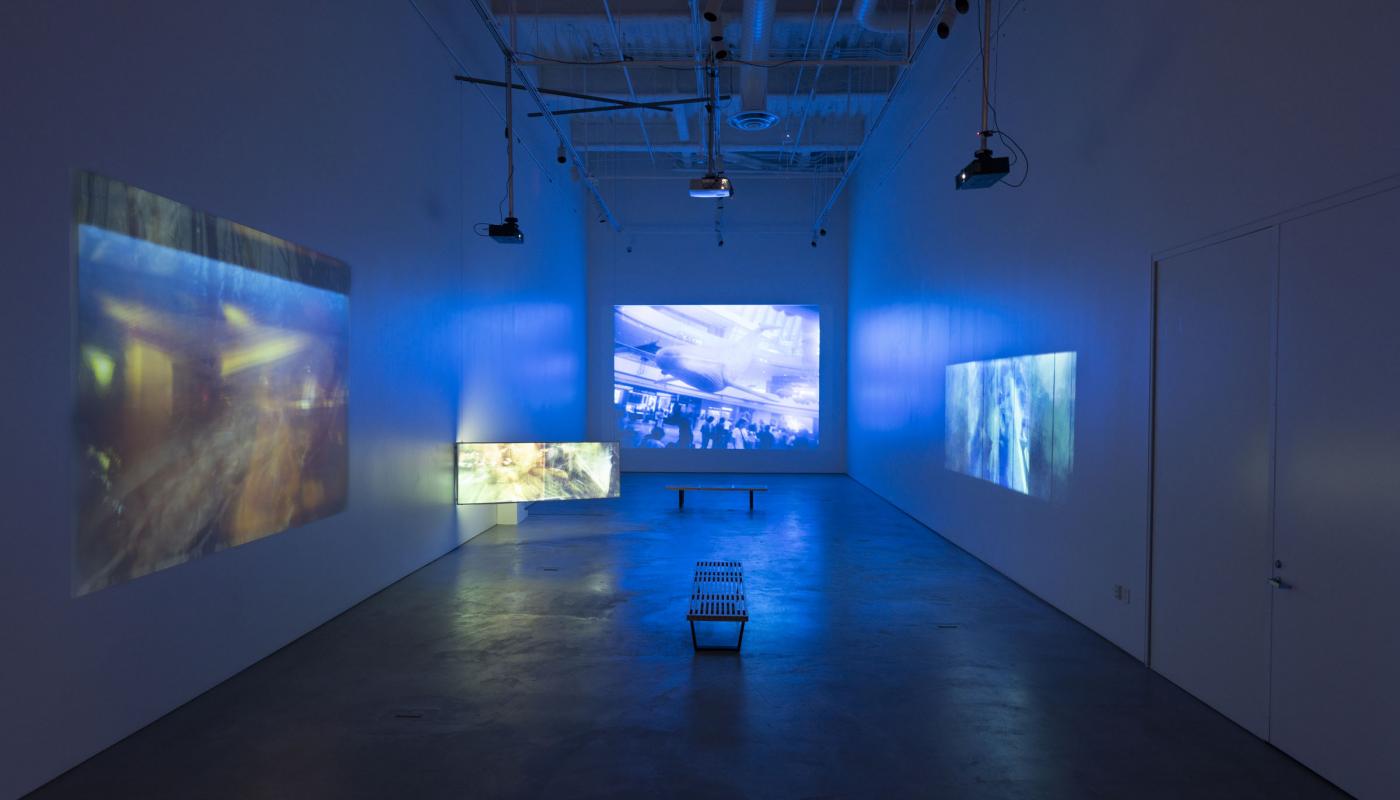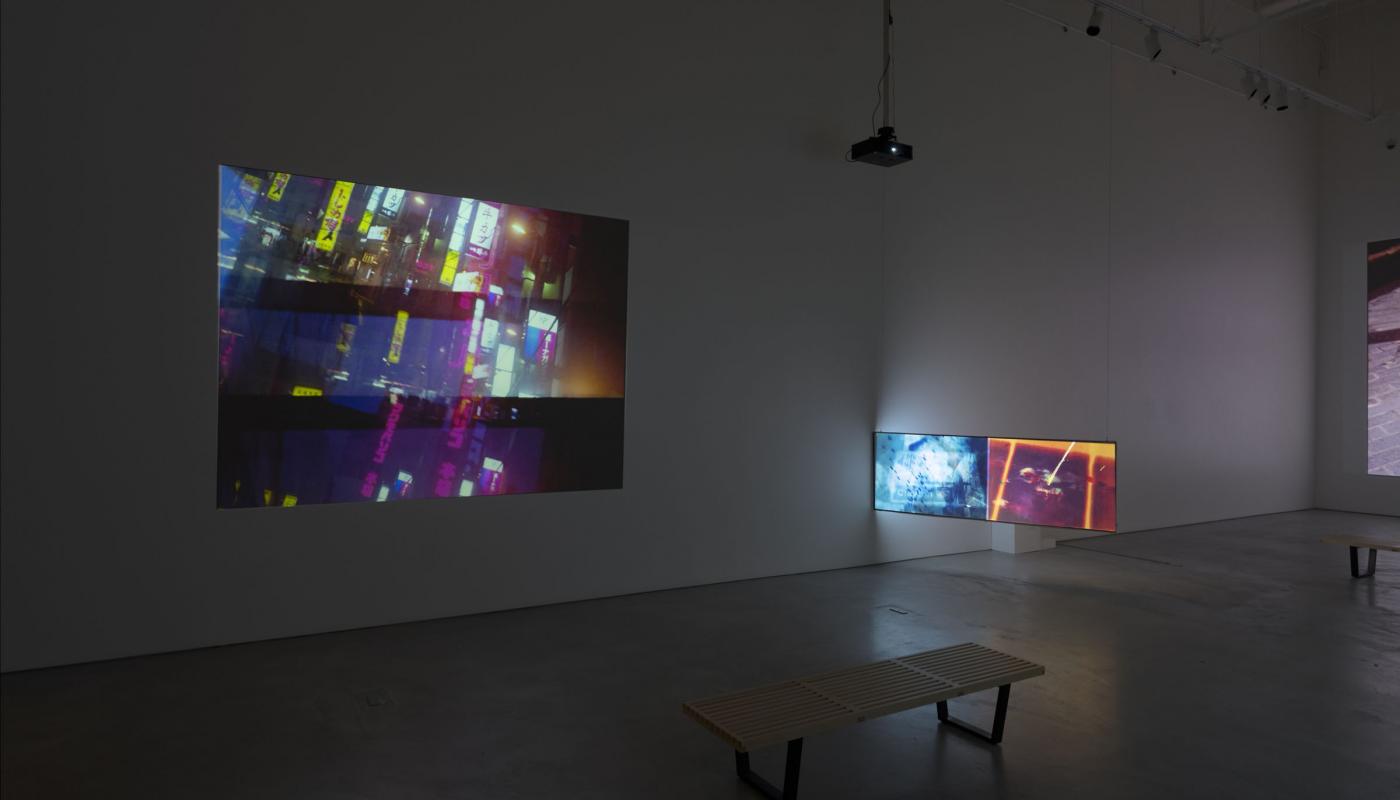Revolution Everywhere: Thresholds of Resistance
Revolution Everywhere: Thresholds of Resistance features 3 large-scale installations by Panos Aprahamian, Heather M. O’Brien, and Simon Liu, whose artworks have been shaped by the recent revolutions taking place in Lebanon and Hong Kong. Though their aesthetic tactics and political subject matter differ, a common stance by Aprahamian, O’Brien and Liu can be observed. Within the current devastation of failed nation states and forced Disapora, a poetic approach to political events ‘makes life worth living.’
Revolution Everywhere
The exhibition’s political title derives from an interview of the Lebanese journalist, scholar and activist Joey Ayoub and the Hong Kong based Lausan Collective on June 13, 2020, entitled “‘Revolution Everywhere,’: A conversation between Hong Kong and Lebanese protesters,”. Central to both the Hong Kong and Lebanese protestors, they argue, is a temporal angst and fear of cultural disappearance. Significantly, this interview was conducted just weeks before Chinese President Xi Jinping signed the Hong Kong national security law, which criminalized four types of activity – secession, subversion of state power, terrorism and collusion with foreign entities – carrying a penalty of up to life in prison. The interview was also published a month prior to the catastrophic Beirut port explosion that occurred at 6:07pm on August 4, 2020, which left more than 160 dead, 6,000 injured, 300,000 homeless, including 100,000 children without shelter. And yet, in the wake of all this destruction, Ayoub and Lausan’s assertation still rings true: “The momentum for liberation is never lost; it simply picks up at different speeds in different places, at different times.”
Thresholds of Resistance
Carson’s curatorial vision takes a cue from Bernard Stiegler’s book What Makes Life Worth Living, wherein art is conceived as a kind of pharmakon. “Pharmakon” – or poison-cure – is what Plato called writing because transcription simultaneously “cures” generational forgetfulness while potentially “poisoning” the spoken word’s authenticity. Accordingly, the pharmakon is what enables us to take care of something – as remembering an historical event for instance – but the pharmakon must also be taken care of, lest the care it seeks to give proves destructive. On this account, witness the current circulation of imagery and reportage on social networks regarding the global pandemic. What, then, might instance a more curative than poisonous pharmakon in art? It is Revolution Everywhere’s guiding principle that artworks produced at the aesthetic threshold of political resistance – wherein the poetics of space is allowed to play out on the margins of revolution – imagine the power that art-pharmakons might have today. Correspondingly, when historical amnesia all too often ushers in the recycling of historical dilemmas, Aprahamian, O’Brien and Liu’s respective poetics demonstrate the art-pharmakon’s curative power, productively guiding us through an Anthropocene defined by global pandemics, rising authoritarianism and global networks of civil disobedience.
Bios
Panos Aprahamian is an artist, filmmaker, and writer. His practice explores the spectral presence of the past and the future in bodies, spaces, and social relations. His work has been shown at festivals and institutions internationally, including Mediterranea Biennale, Internationale Kurzfilmtage Oberhausen, European Media Arts Festival, Museum of Contemporary Art of Gallarate, Akademie der Künste, Beirut Art Center, Golden Apricot Yerevan International Film Festival, and Open City Documentary Festival. In 2015 he received his Master’s degree from the University of the Arts London, was a Home Workspace Program fellow in 2018, and taught at the American University of Beirut between 2019 and 2021.
Heather M. O'Brien is an artist, filmmaker, and Assistant Professor of Cinema and Photography at Southern Illinois University. Her work builds encounters with familial archives, constructs of nationhood, and the illusion of accurate memory within the domestic sphere. She has held faculty positions at the American University of Beirut, Lebanon, California State University Long Beach, and Moorpark and Citrus Community Colleges in California. O'Brien received an MFA from California Institute of the Arts, a BA from Loyola University New Orleans, and a director's fellowship from the Creative Practices Program at the International Center of Photography New York.
Simon Liu (b. 1987, Hong Kong) is an artist filmmaker who has exhibited at festivals and institutions globally including the Sundance Film Festival, NYFF, IFFR, TIFF, ND/NF, BFI, The Shed, M+, Tai Kwun Contemporary, Cinéma du Réel, Sheffield Doc/Fest, “Dreamlands: Expanded”, and a solo-presentation at the Museum of Modern Art as part of their Modern Mondays series. He is a 2019 Jerome Hill Artist Fellow, a teacher at the Cooper Union School of Art, and his work is in the Permanent Collections of MoMA and the M+ Museum. Liu is currently editing his first feature film, Staffordshire Hoard.
Juli Carson is Professor art, theory and criticism in the Department of Art at UC Irvine. From 2018-19 she was Philippe Jabre Professor of Art History and Curating at the American University of Beirut. Her books include: Exile of the Imaginary: Politics, Aesthetics, Love (Vienna: Generali Foundation, 2007) and The Limits of Representation: Psychoanalysis and Critical Aesthetics (Buenos Aires: Letra Viva Press, 2011). Her most recent book, The Hermenuetic Impulse: Aesthetics of An Untethered Past, was published by PoLyPen, a subsidiary of b_books Press in 2019.
